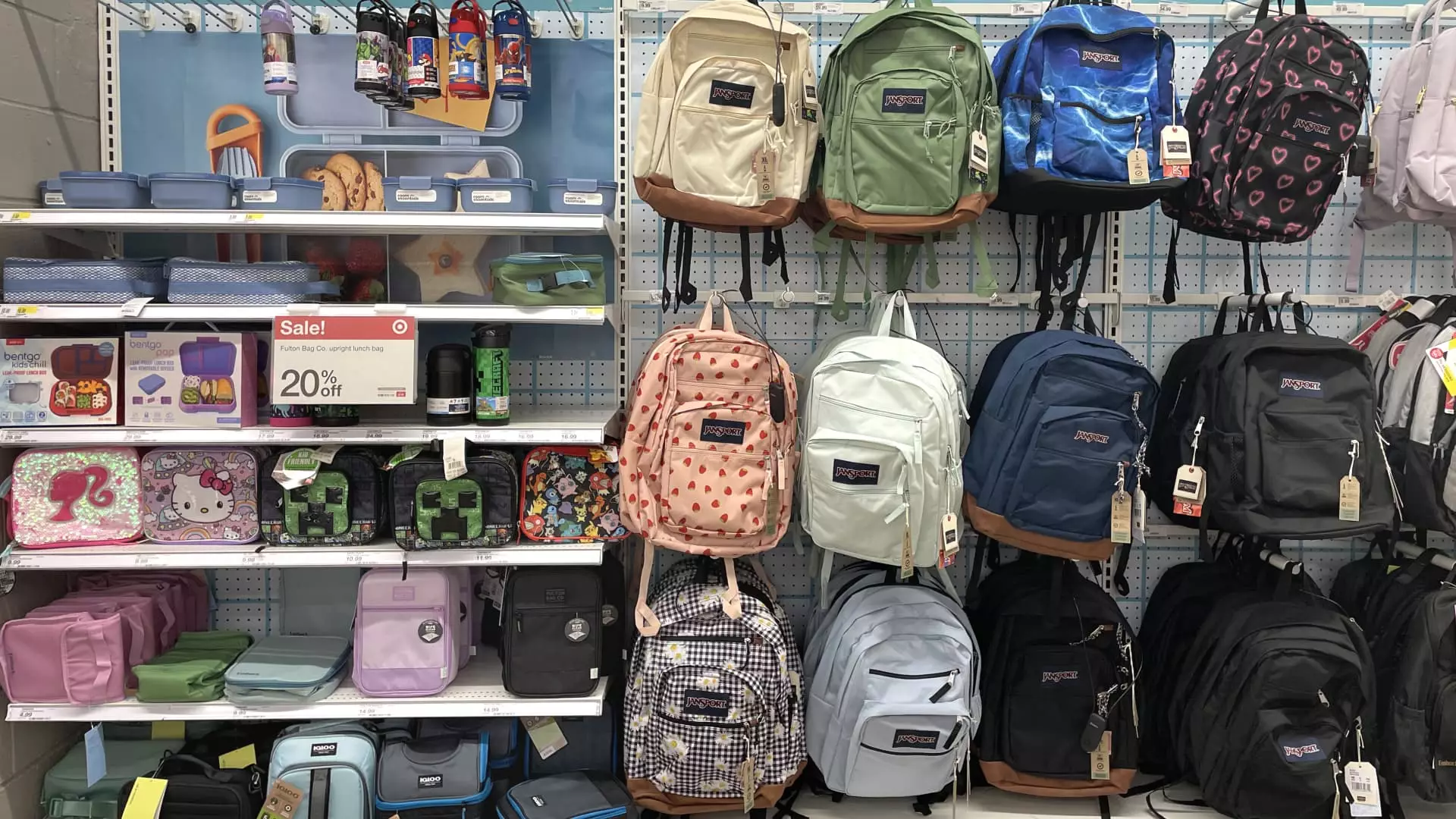The familiar excitement of preparing children for a new school year has been overshadowed by mounting economic pressures, revealing a disturbing disconnect between optimism and stark reality. While the annual ritual of stocking up on supplies might seem routine, this year’s landscape paints a far grimmer picture — one fraught with financial anxiety, precarious debt, and a widening gap between economic policy and the everyday struggles of American families. Behind the shiny backpacks and fresh notebooks lies a sobering truth: families are under siege, caught between inflation, tariffs, and stagnant wages.
Amidst the chatter about a resilient economy, what’s truly unfolding is a silent crisis. Nearly 40% of parents find themselves unable to afford back-to-school necessities without sacrificing essentials or going into debt. It is a disturbing trend that signals not just higher prices but a fundamental erosion of economic security for the average family. The statistics tell a foreboding story: parents are increasingly turning to credit, straining already fragile financial stability to ensure their children don’t face social exclusion or fall behind academically. This phenomenon is emblematic of a system that, despite superficial signs of growth, leaves the most vulnerable behind.
Inflation and Tariffs: The Double Blow to Families
Inflation, often dismissed as a temporary side effect of economic recovery, is proving to be a persistent threat. It’s not just about soaring gas or food prices; the inflationary pressure has seeped into the very fabric of household staples and school essentials. Interestingly, even as some families reduced their spending slightly this year, the underlying cause is clear: prices are expected to spiral higher with the impending tariffs, which politicians and economists either downplay or dismiss as a distant threat.
President Trump’s tariff policies, which have been characterized by aggressive levies on imports, are cast as a protectionist strategy but are increasingly viewed as a blunt instrument that hits consumers hardest. As these tariffs threaten to impose additional costs on goods from electronics to clothing, families brace for a ripple effect that will push prices even further, forcing more to cut corners or take on debt. The supposed economic benefits of such tariffs, often framed as protecting American jobs, seem increasingly hollow in the face of tangible hardships experienced by everyday Americans. The disconnect between policy and consequence is undeniable, and children are unwitting victims of this political gamble.
The Psychological and Social Costs of Financial Strain
The compounding effect of inflation and tariffs does more than just strain budgets; it exacerbates social divides and emotional stress within families. Parents increasingly grapple with the moral dilemma of choosing between essentials and frivolities — a choice that in many cases triggers anxiety about social belonging and academic performance. The pressure to keep up with peers fosters a culture of consumerism masked as necessity, pushing families into a cycle of indebtedness that is both morally taxing and financially perilous.
Moreover, this reliance on debt to fund back-to-school shopping isn’t merely a short-term fix; it has long-term implications for financial stability. The rising percentage of parents willing to incur debt — nearly half for supplies and even more for extracurricular activities — signals a creeping normalization of financial vulnerability. This trend directly undermines the concept of economic resilience, turning families into perpetual debtors who are ill-prepared for unforeseen financial shocks, whether that be job loss, health crises, or other emergencies.
A Shift in Shopping Habits: Adaptation or Desperation?
In response to these mounting pressures, families are altering their shopping behaviors, often out of necessity rather than choice. Early shopping, discount hunting, and leveraging sales tax holidays are pragmatic but indicative of deeper distress. The shift toward buying used clothing, electronics, and school supplies reflects not just savvy savings but a desperate attempt to mitigate unavoidable increases. It is a testament to the resilience of families caught in a system that seems increasingly indifferent to their plight.
Yet, there is an underlying concern: these adaptive behaviors also reveal a deeper failure of economic policy. The very measures that are supposed to stimulate growth and protect jobs are leaving ordinary families to fend for themselves, navigating market fluctuations and policy uncertainties. It’s a system that emphasizes profits over people, leaves the most vulnerable to bear the brunt of economic shifts, and highlights the urgent need for policies that prioritize fair wages, consumer protections, and genuine economic stability.
The Political Landscape: A Failing Balance
While policymakers trumpet growth and resilience, the reality faced by families suggests a different story altogether. The focus on tariffs and deregulation seems to ignore the human cost — the rising debt, the sacrifices, and the palpable anxiety. Such policies, cloaked in the language of national strength, often exacerbate inequality and push working-class families further from economic security.
A more balanced approach recognizes that economic policies must safeguard not just corporate profits or geopolitical strategies but also provide tangible support for families. Investments in social safety nets, consumer protections, and wage growth are not just political slogans; they are essential to ensuring a fairer society where children can start the school year with dignity rather than debt and deprivation. While some may argue for libertarian ideals of minimal regulation, the current scenario underscores the need for a pragmatic and humane approach—centered on reducing inequality and fostering economic resilience from the ground up.
The hard truth is that without meaningful policy reform, the spiraling costs of education and essentials will continue to deepen social divides, threaten childhood development, and undermine the very fabric of a just society. The picture of back-to-school shopping in 2025 is not just about consumer behavior; it’s a reflection of a broader systemic failure that demands urgent, compassionate action.

